A Soviet cleansing in Cuba: The Escambray uprising that took Castro and the Soviets 6 years to put down November 13, 2017 by Alberto de la Cruz via – http://babalublog.com Mary Anastasia O’Grady in The Wall Street Journal: A Soviet Cleansing in Cuba The Russians used their experience at home to annihilate dissident peasants. Most Americans have never heard of
A Soviet cleansing in Cuba: The Escambray uprising that took Castro and the Soviets 6 years to put down

Mary Anastasia O’Grady in The Wall Street Journal:
A Soviet Cleansing in Cuba
The Russians used their experience at home to annihilate dissident peasants.
Most Americans have never heard of the anti-Castro uprising in Cuba’s Escambray Mountains, which began in 1959 and took Fidel and the Soviet Union six years to put down. At the 100th anniversary of the Bolshevik Revolution, the episode is worth revisiting. If not for 400 Soviets sent to Cuba under the command of the Red Army and the KGB in 1961, it is unlikely that Castro would have prevailed.
What happened in the Escambray pokes a giant hole in Castro’s narrative that his revolution was a justified power grab supported by working-class and rural Cubans. The fact is that when Cubans began to understand that Fidel planned to replace Fulgencio Batista as the next dictator and to impose communism, many rebelled. None fought harder than central Cuba’s guajiros—small land owners and tenant farmers.
Forty years after Castro took power, a protégé named Hugo Chávez was elected president of Venezuela and allowed to consolidate power. Today that once-rich country is an authoritarian hellhole where toilet paper is a luxury and malnutrition is widespread.
Venezuelans did not see what was coming in part because of the failure of historians, journalists, lawyers, academics and politicians throughout the Americas to expose the atrocities committed in the 1960s against the guajiros and other dissidents.
Castro understood the importance of controlling the press, foreign as well as domestic. He used that control to popularize his version of events. He framed the resistance—those who rejected his communist takeover—as a white, urban aristocracy unhappy because it was losing its privilege under his new justice. Meanwhile, he wiped out whole farming communities with Stalinesque ruthlessness, and he did it with guidance from the Kremlin, which exported its experience in intelligence gathering and repression.
Agapito Rivera was born in 1937 in central Cuba, one of seven children in a poor family that cut sugar cane on a large estate. He told me in an interview in Miami earlier this year that when he first started cutting cane he was so small that his older brother had to throw the shoots onto the cart for him. By the time Castro took power, Mr. Rivera was 22 and married. That year a daughter was born. The young family lived in a small house Mr. Rivera had built himself.
Many peasants opposed Batista. When he fled, they celebrated. But they quickly recognized Castro’s ambitious plan to betray the revolution. Ironically it was the takeover of a large sugar plantation called Sierrita that confirmed their worst suspicions. Sierrita had been an excellent employer. The owners paid well and treated workers with dignity. Yet it was the first property seized in the area.
I wondered why Mr. Rivera had objected, since Castro was promising “social justice” for the poor. “I looked at that,” he said, referring to the confiscation of Sierrita, “and I said to myself, if he can do that to them, what future do I have?”
Mr. Rivera went into combat with other guajiros and alongside former Castro guerrillas who had fought in the Sierra Maestra to restore the constitutional democracy.
In his 1989 book, “And the Russians Stayed: The Sovietization of Cuba,” Cuban-born Nestor Carbonell uses the testimony of a former Castro intelligence officer to describe how the Soviets crushed the Escambray rebellion, which at one point numbered 8,000 insurgents. Castro had sent 12,000 soldiers and 80,000 militia to the region in late 1960, but they’d made no headway. So in January 1961 the Kremlin stepped in. It sent a contingent of Soviet coaches to a military compound near the city of Trinidad. That compound became a “KGB redoubt,” Mr. Carbonell explains. “From there, the Soviets secretly directed a major offensive to quash the insurgency.”
The operation mobilized 70,000 Cuban soldiers and 110,000 militia. They “uprooted most of the peasant families living in the area, and dragged them into concentration camps” in the far western part of the country. More than 1,800 prisoners were executed, according to Mr. Carbonell. “The obsessive goal was total extermination,” so the government forces “destroyed crops, burned huts and contaminated springs as they systematically combed the region for rebels or suspects.”
Mr. Rivera was captured in 1963, spent 25 years in prison, and was exiled in 1988. And the story of the Soviet campaign in Cuba to annihilate farmers and peasants—who rejected the collectivization of agriculture just as they had in Russia—never made it into popular culture.
Write to O’Grady@wsj.com.

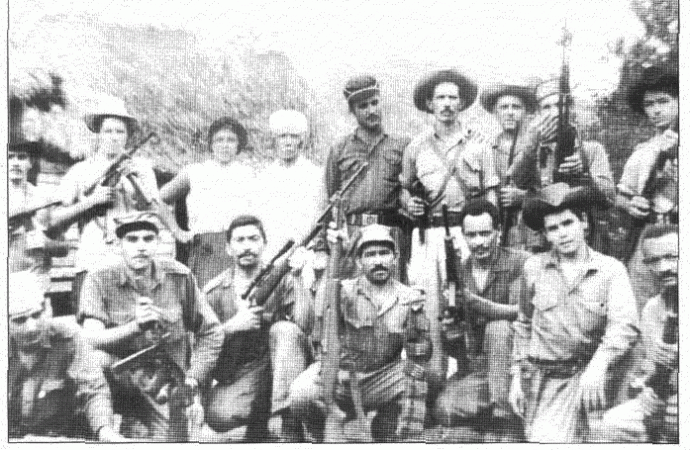
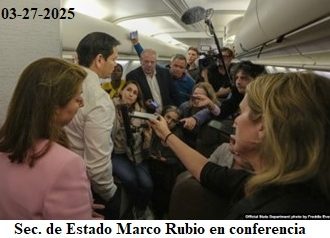
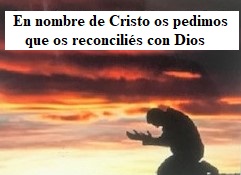

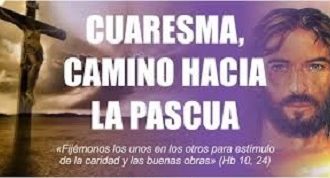

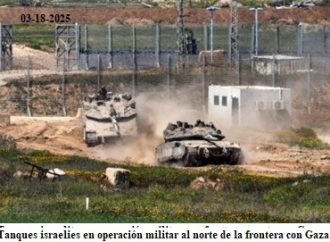
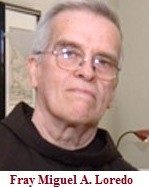
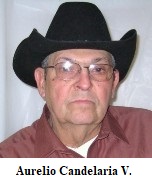



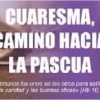


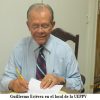

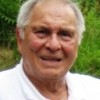
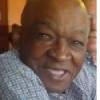
Leave a Comment
Your email address will not be published. Required fields are marked with *